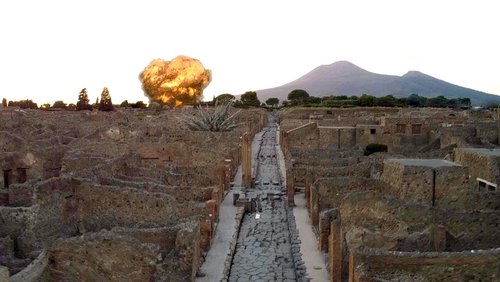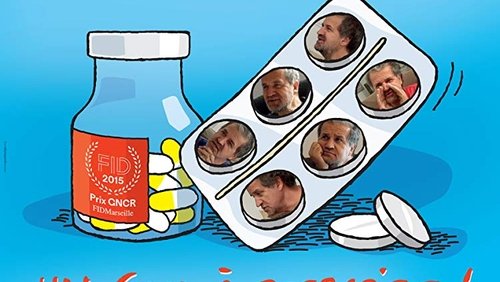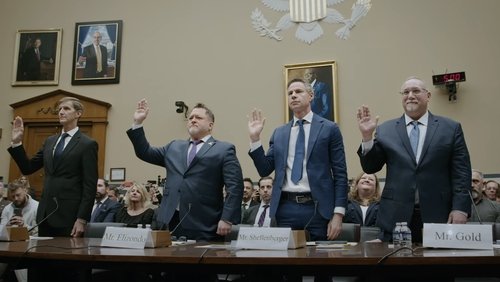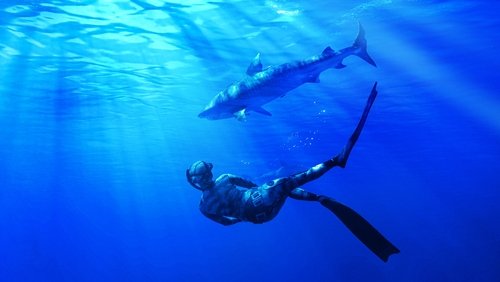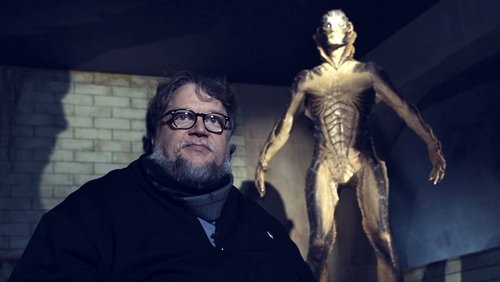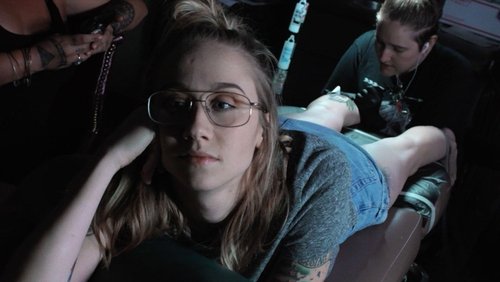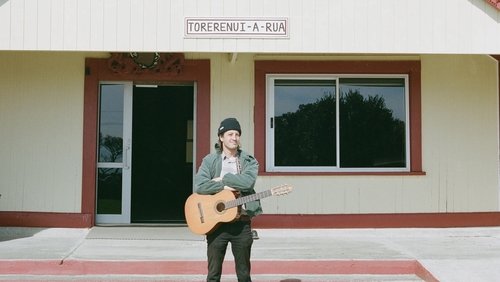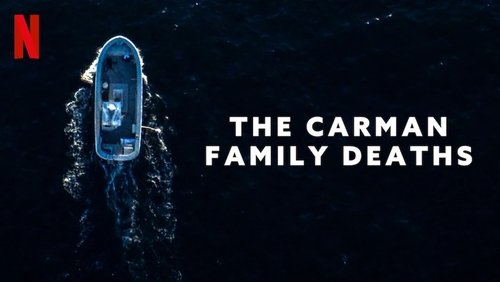Hieronymus Boschin unten puutarha (2016)
6KHieronymus Boschin unten puutarha (2016). 1h 30m
“There are two things to be distinguished here : the painting by Hiëronymus Bosch on the one hand and the documentary about the painting on the other hand.u003cbr/u003eu003cbr/u003eThe painting is endlessly challenging and fascinating, not only from an aesthetic and cultural but also from a theological viewpoint. I remember discussing the painting in class, as an adolescent. One of the things that struck us pupils the most was the u0026quot;Garden of Edenu0026quot; segment in which God/Christ introduces Adam to Eve. With the panel, Bosch seems to suggest that violence was present even in the Garden of Eden, either in potentia or as a reality. Hence two questions : 1) if God could not predict the emergence of evil, does this make Him less than omniscient and 2) if God could predict the emergence of evil, why go ahead with Creation ? Does this mean that God does not care about humans, or about all humans ? Or does He want humans – again, all humans ? – to enjoy an even more satisfying paradise, to wit a paradise they earned through hard work and steadfast hope ? As any true mountaineer can tell you, the supreme joy comes not from reaching the top, the supreme joy comes from knowing that you reached the top on your own steam, after days of perilous and painful enterprise.u003cbr/u003eu003cbr/u003eBut then the images of animal violence on that panel could mean something else entirely : for instance, that God does not mind violence in animals but that He minds violence in humans, who were given reason and religion in order to control their instincts. The painting is not only superbly beautiful, it is so multi-layered and symbolically charged that it becomes a source of unending study and speculation.u003cbr/u003eu003cbr/u003eNow on to the documentary. To begin with the good, u0026quot;El jardinu0026quot; offers the viewer fine images of the painting, complete with delicate details or underlying drafts. This provides one with an unusually intimate look at the thought process of the painter.u003cbr/u003eu003cbr/u003eThe documentary also assembles a whole army of writers, artists and experts, many of whom are pretty intelligent people who have something deep or original to say. This is a fine concept but unfortunately the documentary jumps from one angle to another, meaning that the topics can only be discussed in the most superficial of ways. A slower, more selective approach might have done wonders here.u003cbr/u003eu003cbr/u003eStill, I was very intrigued by the comparisons to the hippie movement, in which young people tried to regain a sense of innocent enjoyment and guilt-free sensuality – or, in other words, in which young people tried to regain a paradise lost. (Whether Bosch would have considered such an attempt as feasible, healthy or permissible is quite an interesting question.) It is tempting, here, to picture a Charles Manson in the form of a grinning serpent slithering through the rose bushes…u003cbr/u003eu003cbr/u003eBut to return to u0026quot;El jardinu0026quot;, it would have been better if all the speakers had simply spoken their own native language, with the various contributions then subtitled in a single language (for instance Spanish for a Spanish version). Now there was a lot getting lost in translation – or even double translation.u003cbr/u003eu003cbr/u003eIn conclusion : a well-intentioned documentary about a stunning painting, but not as good as it could or should have been.”
